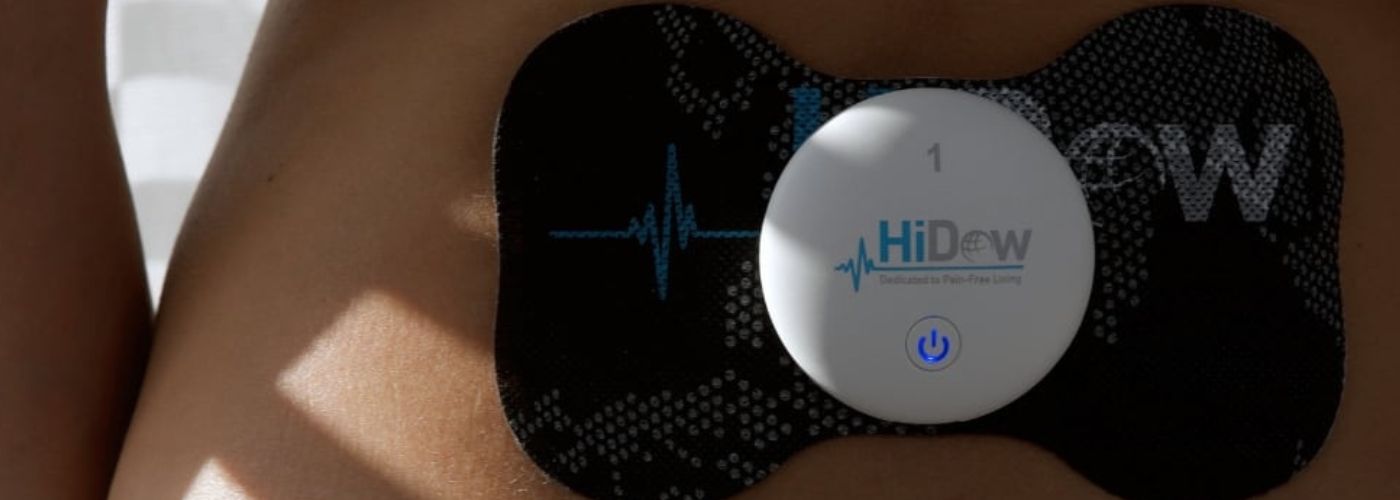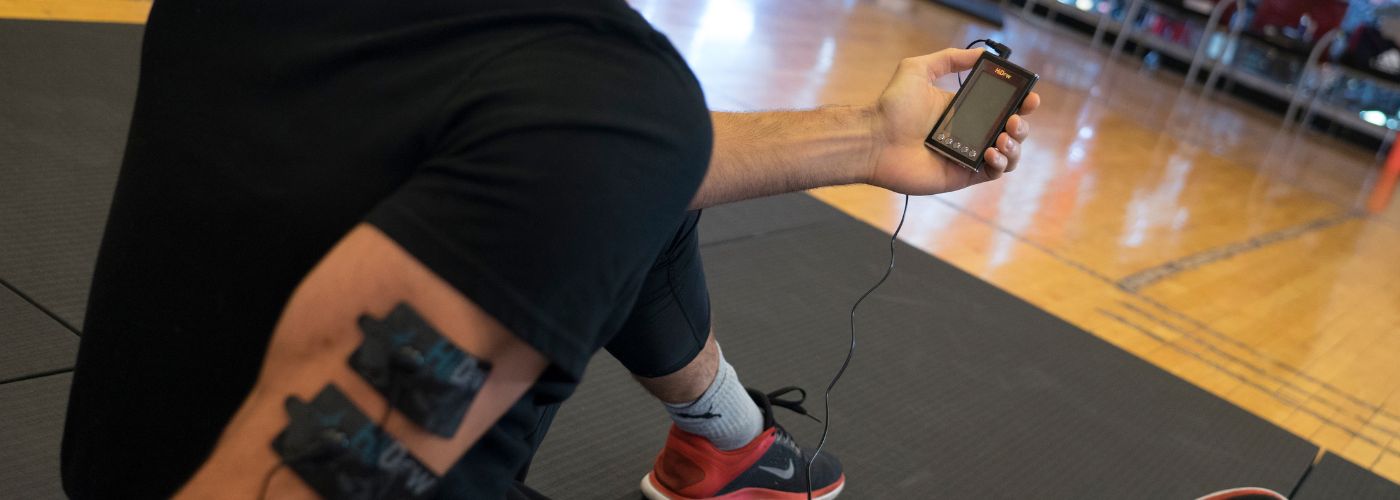Choosing the right TENS/EMS device for pain relief and muscle recovery can be a game changer. Whether you’re dealing with chronic pain, sore muscles after a workout, or recovering from an injury, finding the right device is crucial to getting the most effective therapy. In this post, we’ll break down the differences between Wired and Wireless TENS/EMS devices, highlighting their advantages and limitations to help you make the best choice.
How Do Wired & Wireless TENS/EMS Devices Work?
Both Wired and Wireless TENS/EMS devices use electrical impulses to block pain signals, reduce inflammation, and promote muscle recovery. The main difference between the two types is in how the therapy is delivered.
- Wired TENS/EMS Devices: These devices connect to your body via electrode wires, which link the device to the electrode gel pads. The direct connection ensures consistent and powerful stimulation, making them ideal for more focused and intense therapy.
- Wireless TENS/EMS Devices: These devices communicate with wireless receivers that snap onto the electrode pads. The freedom from wires allows you to move around while receiving therapy, making Wireless devices perfect for people on the go.
Advantages of Wireless TENS/EMS Devices

- Freedom and Flexibility: The biggest advantage of Wireless devices is the freedom to move. No wires mean you can carry on with your day—whether you’re working, exercising, or running errands—while still receiving therapy wherever you go.
- Discreet & Portable: Compact and easy to carry, Wireless devices can be worn under clothing, letting you get pain relief on the go without anyone noticing.
Limitations of Wireless TENS/EMS Devices
- Less Powerful Stimulation: The weight of the wireless receivers can sometimes affect the connection between the conductive part of the electrode pad and your skin. This can lead to weaker stimulation and less consistent therapy, especially when you’re targeting deep tissue or need intense pain relief.
- More Intricate Setup Process: Setting up Wireless devices can take a bit more time since you need to sync the device with the receivers. This extra step can be a little more complicated than the straightforward setup of Wired devices.
Advantages of Wired TENS/EMS Devices

- Simpler Setup: Wired devices are quick and easy to set up. You just connect the wires to the device and electrode pads, and you’re ready to go—no syncing or complicated steps needed. This makes it much easier to start therapy right away.
- More Powerful & Consistent Therapy: Wired devices generally provide stronger, more consistent stimulation because the connection is direct. This makes them ideal for deeper pain relief and muscle recovery, especially for chronic pain or intense muscle soreness.
- Customization & Control: Wired devices often offer more advanced customization, including options to adjust intensity, pulse duration, and frequency to suit your specific needs.
Limitations of Wired TENS/EMS Devices
Less Mobility: The main downside of Wired devices is the lack of mobility. The wires connecting the device to the electrode pads can get in the way, especially if you want to move around during therapy. You may have to adjust your position or find a comfortable place where the wires don’t impede your therapy.
Wired vs. Wireless: Which One Is Right for You?
Wireless Devices
- Best for: People who need mobility and flexibility during their therapy. If you want the freedom to move around and continue your daily activities while still receiving effective pain relief, Wireless devices are the way to go.
- Example: Pro Touch 6-12 (Wireless, customizable settings, multiple receiver support for full-body relief)
Wired Devices
- Best for: Those who need more powerful and customizable therapy. If you’re targeting specific pain areas or dealing with chronic muscle tension, Wired devices offer more intensity and control.
- Example: XPDS 4 | 24 (Wired, 4 channels, 24 therapeutic modes, deep muscle stimulation)
The Bottom Line: Wired or Wireless?
Both Wired and Wireless TENS/EMS devices are effective tools for pain management and muscle recovery. If you need maximum mobility and convenience, a Wireless device offers flexibility and portability. However, if you’re looking for more powerful, customizable therapy for deeper or more specific pain relief, a Wired device is the better choice.
Ultimately, it depends on your lifestyle and therapy needs. Whether you prefer the freedom to move or the control and power of direct connection, both types of devices can help you manage pain and enhance recovery.

Related Stories
Sciatica: 1, LeBron: 0 (For Now)
File photo: LeBron James #6 of the Los Angeles Lakers. (Photo: Thearon W. Henderson /...
Oct
Pickleball vs. Tennis: The Science of Recovery
For years, tennis was the stand-in for movement: endurance, coordination, and power all at once....
Oct
5 Ways to Support Bone Strength with HiDow
World Osteoporosis Day (October 20) October 20 is World Osteoporosis Day, and chances are, you’ve...
Oct
FDA-Cleared Is a Flex. Here’s Why.
Pulling Back the Curtain You’ve seen it on boxes, on websites, in ads: FDA-cleared. It...
Sep
This Is Fibro. This Is Larry.
September is Pain Awareness Month. And we’re not here to give you medical definitions or...
Sep
Train Your Relaxation Reflex
How often do you find yourself struggling to switch off after a long day? With...
Aug